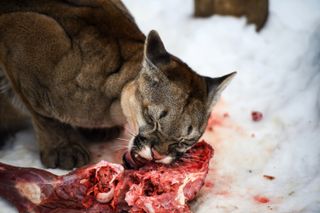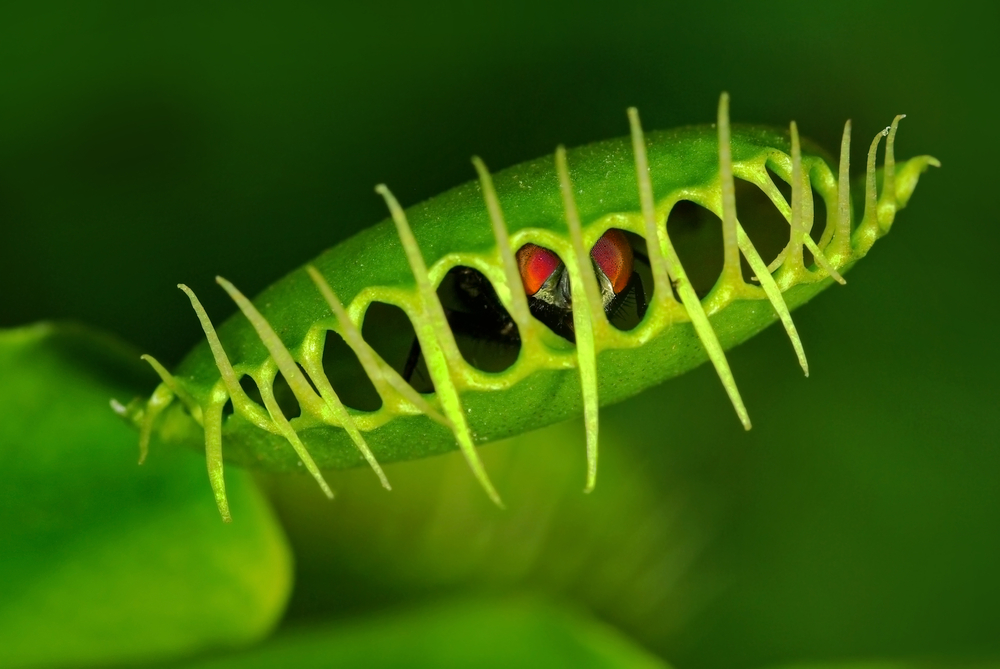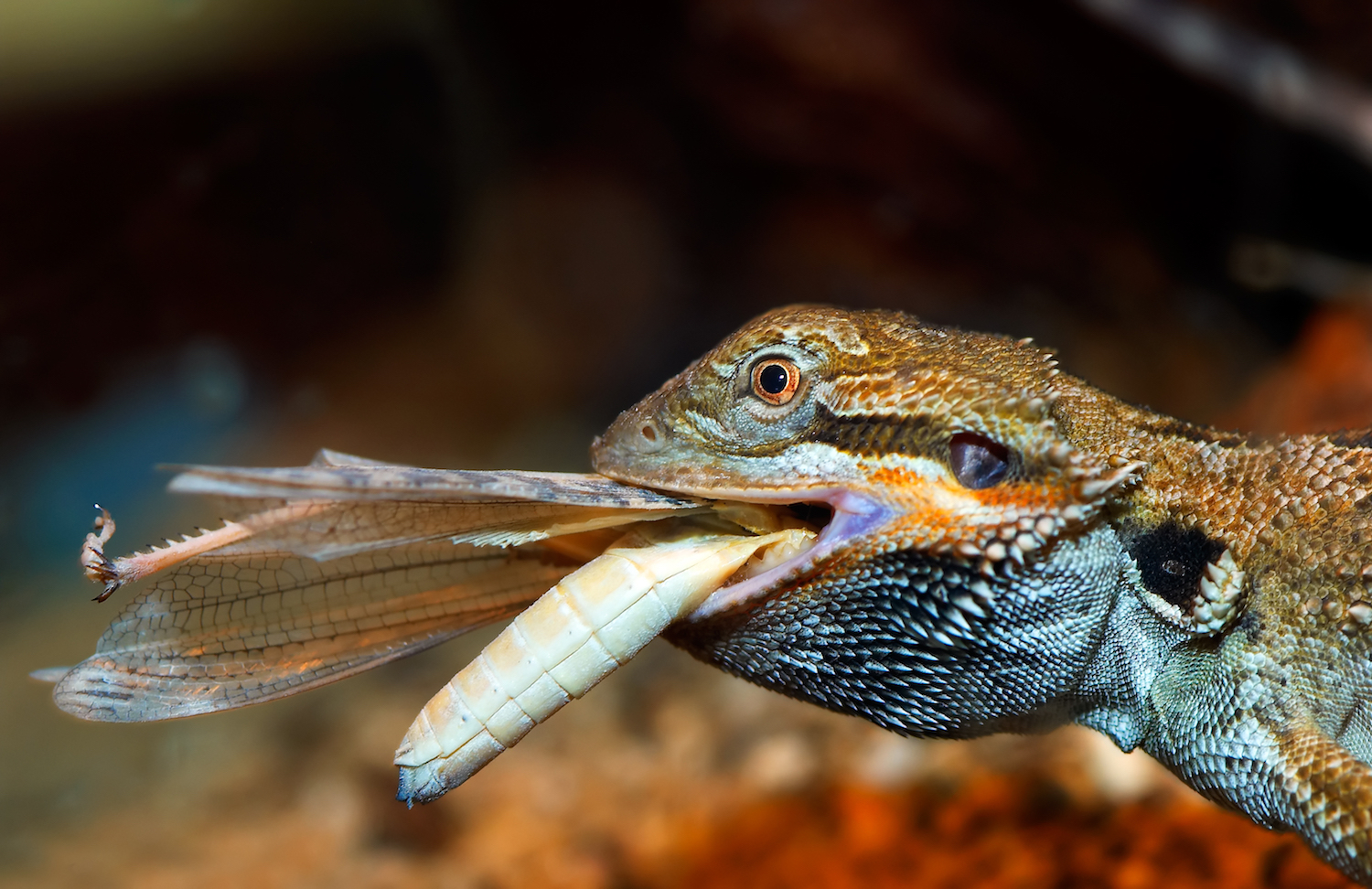What Is A Animal That Only Eats Meat
Carnivores: Facts About Meat Eaters

A carnivore is an animal or institute that eats the mankind of animals. Most, but not all, carnivorous animals are members of the Carnivora order; but, not all members of the Carnivora order are carnivorous.
"A carnivore is simply any species that eats meat, and this can range from carnivorous plants and insects to what we typically think of when we hear the discussion carnivore, similar tigers or wolves," said Kyle McCarthy, an assistant professor of wildlife ecology in the University of Delaware's College of Agriculture and Natural Resources.
Carnivora — or "flesh devourers," in Latin — is an society of placental mammals that includes canids such every bit wolves and dogs, felids (cats), ursids (bears), mustelids (weasels), procyonids (raccoons), pinnipeds (seals) and others, according to Encyclopedia Britannica. The gild consists of 12 families and 270 species in all.
While some carnivores swallow only meat, other carnivores also supplement their diets with vegetation on occasion. For example, most bears are omnivores, which means they eat both plants and meat, McCarthy explained.
Carnivorous plants
Animals aren't the but carnivores — in that location are more than 600 species of carnivorous plants, according to the Botanical Society of America. These plants get at to the lowest degree some of their nutrients past trapping and digesting insects and sometimes even small frogs and mammals. Because the about common prey for most cannibal plants are insects, these leafy mankind-eaters are also called insectivorous plants.
While about plants absorb nitrogen from the soil through their roots, cannibal plants go nitrogen from fauna prey that gets trapped in their modified leaves. The traps work in various ways. A Venus flytrap (Dionea muscipula), for example, has hinged leaves that snap close when trigger hairs are touched. A bullpen plant has a pitfall trap; its leaves fold into deep pits filled with digestive enzymes. And sundews and butterworts have viscous mucus on their stalks that stops insects in their tracks.

Carnivore types
There are 3 different categories of carnivores based on the level of meat consumption: hypercarnivores, mesocarnivores and hypocarnivores.
Carnivores that eat mostly meat are called hypercarnivores. These creatures are considered obligate carnivores because they cannot properly digest vegetation and have a diet that consists of at least lxx percent meat, according to National Geographic. The true cat family, including lions, tigers and modest cats, for example, are obligate carnivores, every bit are snakes, lizards and about amphibians.
Many hypercarnivores, including some members of the Carnivora order, accept heavy skulls with stiff facial musculature to aid in holding prey, cutting flesh or grinding basic. Many also take a special fourth upper molar and start lower molar. "They close together in a shearing action, similar pair of scissors, which allows [the] animals to slice meat from their prey," said McCarthy. These two teeth together are called the carnassial teeth.
A rare example of a hypercarnivore that does not have carnassial teeth is the crabeater seal. It has teeth that strains tiny zooplankton such as krill from the water, co-ordinate to the University of Michigan'south Animal Diversity Spider web (ADW). Carnivorous baleen whales, which have no teeth at all, use a like strategy to strain krill from sea water. Their mouths contain rows of strong, flexible baleen plates fabricated of keratin, the aforementioned protein that'south in human fingernails.
Animals that depend on meat for at least 50 percent of their diet are called mesocarnivores. Forth with meat, these animals will besides eat fruits, vegetables and fungi. Mesocarnivores are typically small to mid-size species and often live close to human populations. Raccoons, foxes and coyotes are examples of mesocarnivores.
Hypocarnivores are carnivores that consume the least amount of meat — less than thirty pct of their diet, according to National Geographic. These animals, which can also be considered omnivores, eat fish, berries, nuts and roots, as well every bit meat.
Size
The world's largest fauna is also the world's largest carnivore. The blueish whale (Balaenoptera muscle) grows upwards to 100 feet (30 meters) long and weighs upwards to 200 tons (180 metric tons). The largest carnivore on land is the polar bear, which can counterbalance 800 to 1,300 lbs. (363 to 590 kilograms), and can abound to 9 feet long (three one thousand) from nose to tail, according to World Wildlife Fund. The smallest cannibal mammal is the least weasel. It grows no more than than 16 inches long (forty.6 centimeters) and weighs nigh vii ounces (198 grams).

Characteristics of carnivores
Though carnivores come in many shapes and sizes, they share a few similarities. About carnivores have relatively large brains and high levels of intelligence. They also have less complicated digestive systems than herbivores. For example, many herbivores accept multiple stomachs, while carnivores only have one, according to Encyclopedia Britannica.
Though all carnivores eat meat at some level, the frequency of their feeding can vary. Warm-blooded carnivores tend to burn a lot of calories. Because of this, they have to hunt and eat often to keep to go on up their energy levels. Cold-blooded carnivores, on the other hand, use fewer calories and can rest days or even months between meals.
Carnivores as part of the food web
Carnivores sit at the third trophic level in the food spider web, along with omnivores. Carnivores swallow other carnivores, every bit well as herbivores and omnivores, depending on their species, according to National Geographic.
Every bit the superlative tier of the food web, carnivores keep the populations of other animals in check. If a carnivore population is wiped out by illness, natural disasters, homo intervention or other factors, an expanse can experience an overpopulation of other creatures lower in the food chain.
Sometimes, carnivores volition exist brought into an area to help with overpopulation of herbivores. For example, wolves were reintroduced to Yellowstone National Park in 1995 — subsequently beingness eradicated from the region 70 years earlier — to assist reduce the elk population. Eventually, this reintroduction allowed woody plants to recover from the consumption of too many elk, according to the University of Michigan.
Further reading:
- Oxford Journals: The Ecological Part of the Mammalian Mesocarnivore
- U.S. Forest Service: The Status and Conservation of Mesocarnivores in the Sierra Nevada
- Wildlife Conservation Society: Mesocarnivores of Northeastern North America
This commodity was updated on Dec. 4, 2018 by Live Science Senior Writer, Mindy Weisberger.
Source: https://www.livescience.com/53466-carnivore.html
Posted by: elkinsextur1962.blogspot.com


0 Response to "What Is A Animal That Only Eats Meat"
Post a Comment